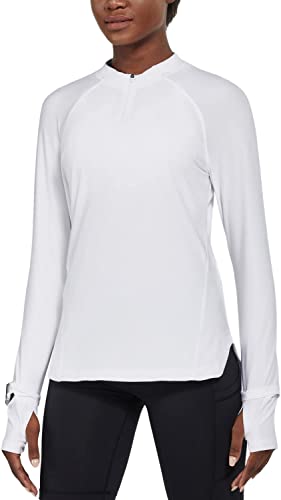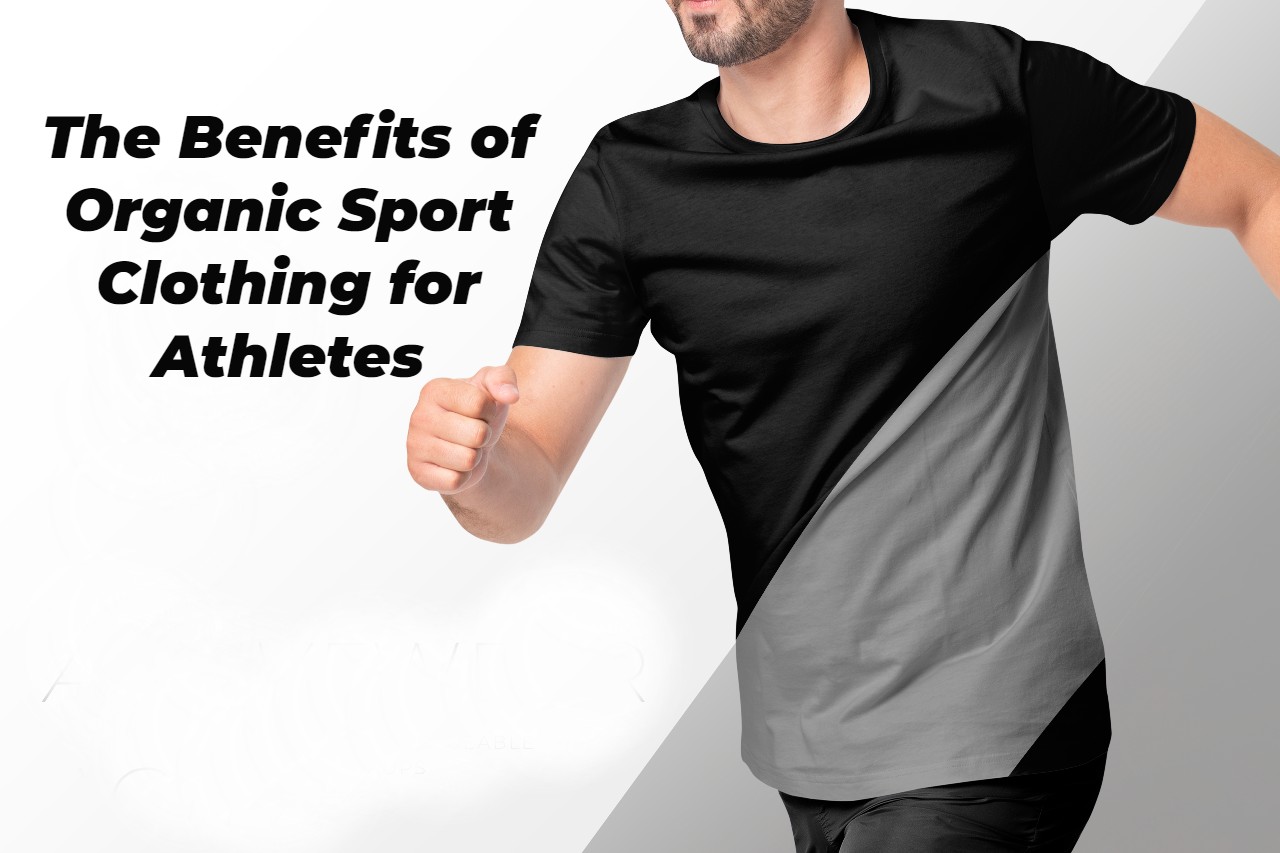Materials Used in Organic Sports Clothing
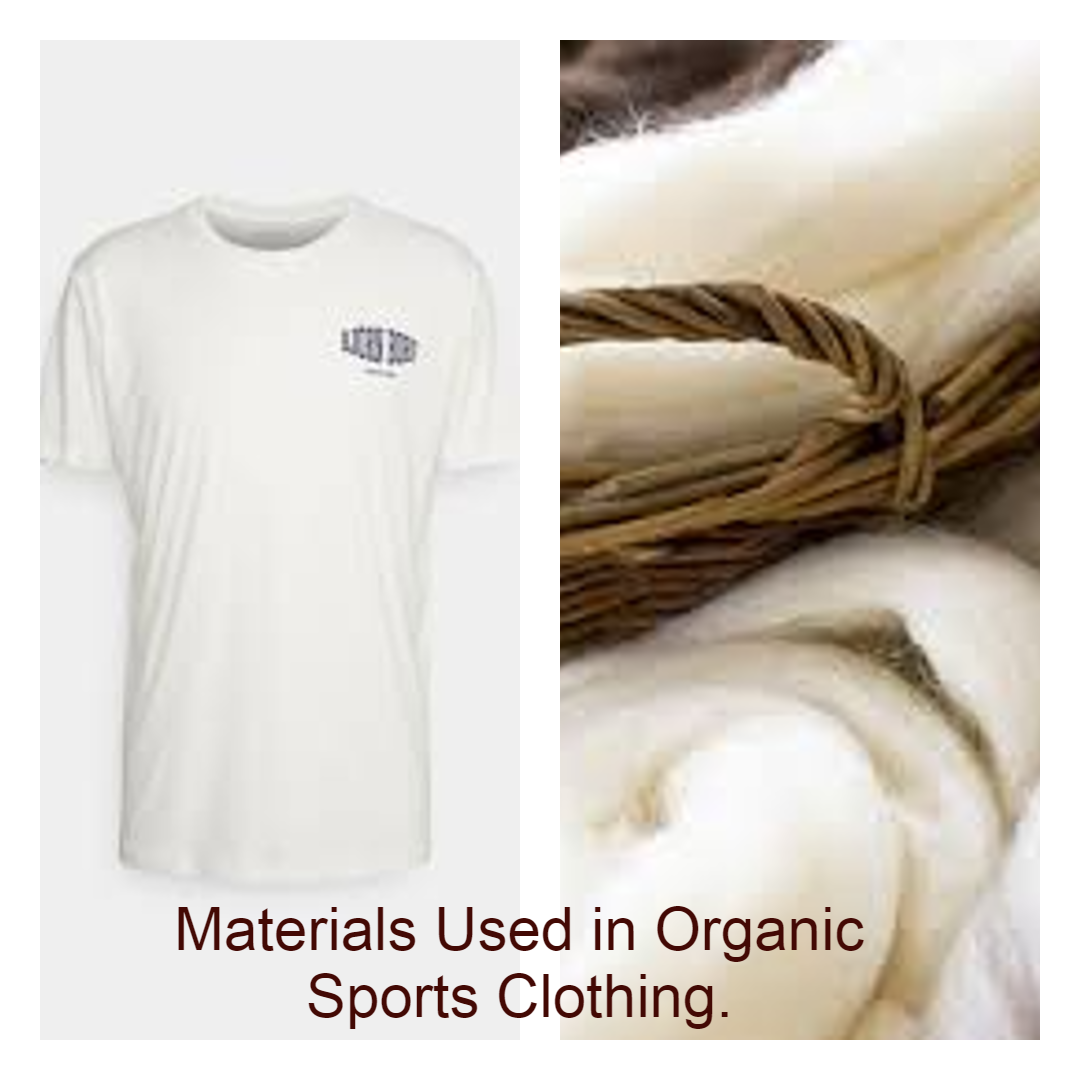
At present, more and more people are becoming aware of the impact that their actions have on the environment. People are making a conscious effort to reduce their carbon footprint by making sustainable choices, and this is where sustainable materials come into play.
Organic sports clothing is becoming increasingly popular due to its eco-friendly and sustainable nature. These clothes are made from sustainable materials that are grown or produced without the use of synthetic chemicals or pesticides. This means that they are better for the environment, and also for the people who wear them.
In this article, we will discuss some of the sustainable materials used in organic sports clothing and their benefits.
| Material | Description | Benefits |
|---|---|---|
| Organic cotton | Cotton grown without the use of harmful chemicals or pesticides | Soft, breathable, hypoallergenic, durable, sustainable |
| Bamboo | A fast-growing, renewable resource that is naturally antimicrobial and moisture-wicking | Soft, breathable, moisture-wicking, thermoregulating, eco-friendly |
| Hemp | A durable and sustainable material that requires little water and no pesticides to grow | Strong, durable, breathable, antimicrobial, sustainable |
| Recycled polyester | Polyester made from recycled plastic bottles or textile waste | Durable, moisture-wicking, quick-drying, eco-friendly |
| Tencel | A sustainable fiber made from eucalyptus trees that requires less water and chemicals to produce than traditional cotton | Soft, breathable, moisture-wicking, sustainable, biodegradable |
| Wool | Naturally insulating and moisture-wicking, and can be sustainably sourced from farms that prioritize animal welfare | Warm, breathable, moisture-wicking, sustainable |
What are organic materials clothing?
Organic Cotton
Organic cotton is a popular material used in organic sports clothing. This type of cotton is grown without the use of synthetic pesticides, which means that it is better for the environment and for the people who work in the fields.
Organic cotton is also better for the skin, as it is not treated with harsh chemicals. This makes it an ideal material for sports clothing, as it is breathable and comfortable to wear.
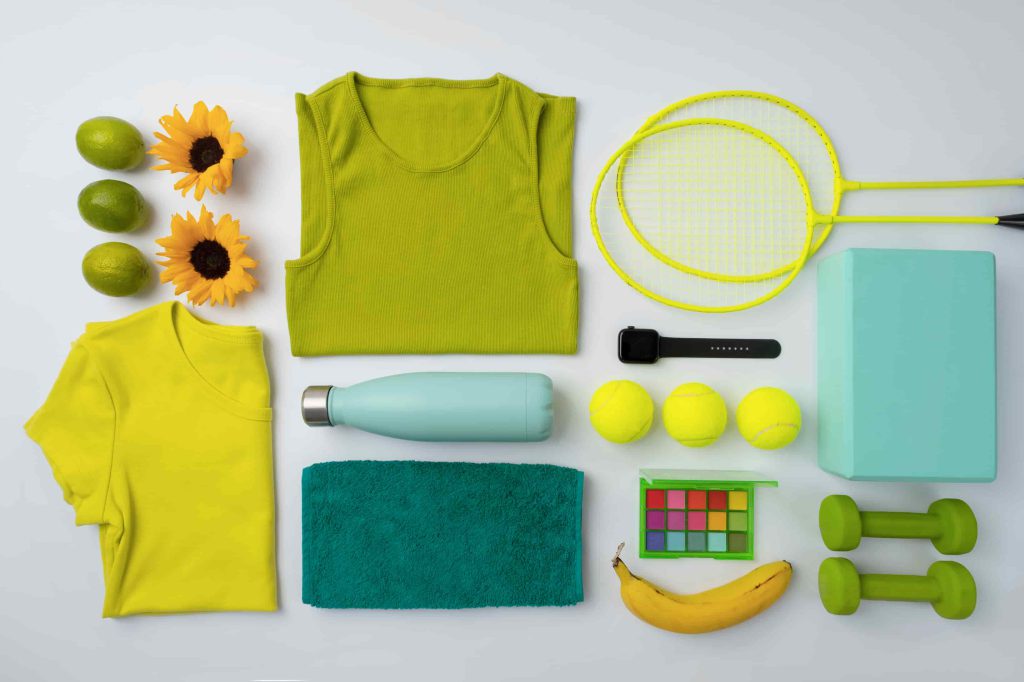
Bamboo
Bamboo is another popular material used in organic sports clothing. Bamboo is a fast-growing plant that requires less water than cotton. It also doesn’t require pesticides, making it an eco-friendly alternative to traditional cotton.
Bamboo is a highly breathable material, which makes it perfect for sports clothing. According to research conducted by Harvard University, bamboo fibers have a unique structure that allows for better moisture absorption and ventilation compared to other natural fibers like cotton. This means that when used in sports clothing, bamboo can help regulate body temperature and keep the wearer cool and dry.
Recycled Polyester
Recycled polyester is made from recycled plastic bottles, which is a great way to reduce waste. This material is also much more eco-friendly than traditional polyester, as it requires fewer resources to produce.
Recycled polyester is a highly durable material, which makes it perfect for sports clothing. It is also lightweight and breathable, which makes it comfortable to wear during exercise.
Hemp
Hemp is a sustainable material that has been used for thousands of years. It requires very little water and pesticides to grow, making it an eco-friendly choice for sports clothing.
Hemp is also a highly durable material, which makes it ideal for sports clothing. It is also naturally antibacterial, which helps to keep odors at bay.
Benefits of Sustainable Materials
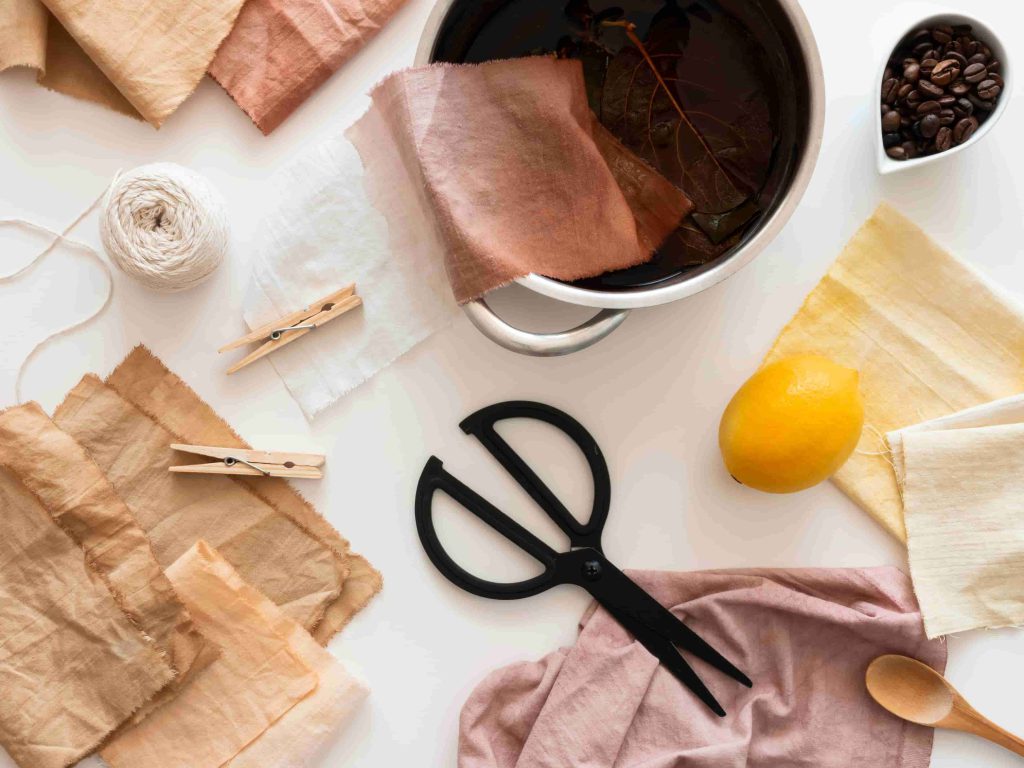
Using sustainable materials in sports clothing has a number of benefits. Firstly, it is better for the environment, as it reduces the amount of chemicals and pesticides used in the production of clothing. This also means that it is better for the people who work in the fields, as they are not exposed to harmful chemicals.
Sustainable materials are also better for the skin, as they are not treated with harsh chemicals. This means that they are more comfortable to wear, and are less likely to cause skin irritation or allergies.
Finally, sustainable materials are often more durable than traditional materials. This means that clothes made from sustainable materials will last longer, reducing the need for replacement and further reducing their impact on the environment.
What is the best material for sports clothes?
As a sports enthusiast, I can tell you that the best material for sports clothes really depends on what kind of activity you’ll be doing.
For activities that involve a lot of sweat and moisture, like running or cycling, you’ll want a material that is moisture-wicking and breathable. Polyester, nylon, and spandex blends are great options because they pull sweat away from your body and allow for air flow to keep you cool and dry.
If you’re doing activities that involve a lot of stretching and bending, like yoga or pilates, you’ll want a material that is flexible and moves with your body. Look for clothes made from a combination of spandex and cotton or bamboo, as these materials are stretchy and soft.
For activities that involve contact or impact, like martial arts or team sports, you’ll want clothes that are durable and can withstand wear and tear. Fabrics like nylon or polyester blends with added elastane can be a good choice as they are both lightweight and durable.
In general, avoid cotton as it absorbs sweat and can become heavy and uncomfortable during exercise. I hope this helps you choose the right material for your next workout!
How are organic fabrics made?
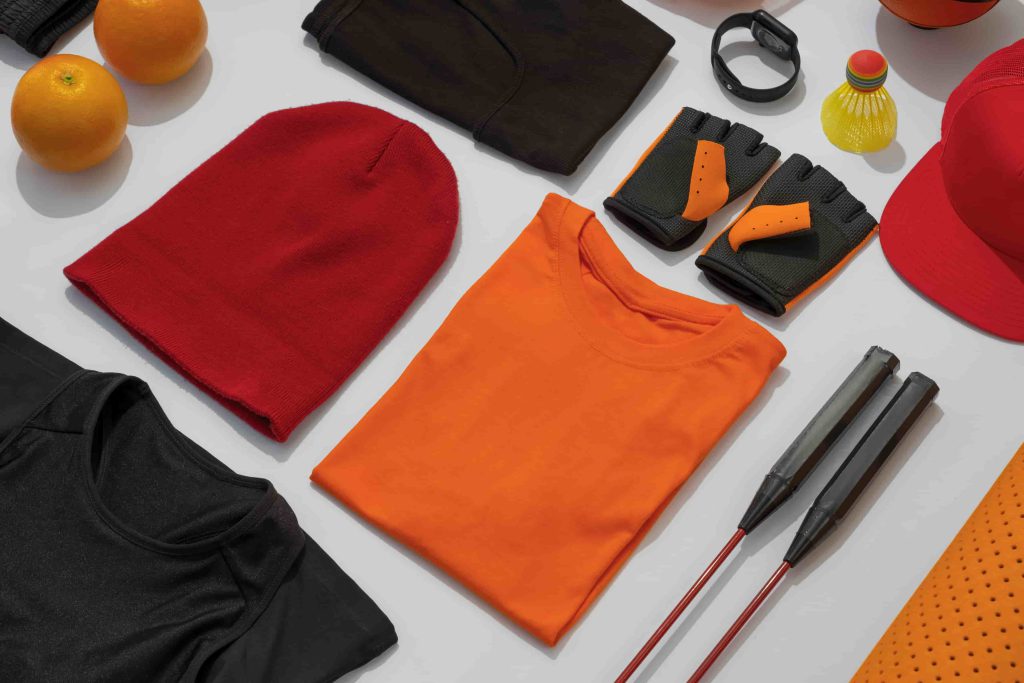
Organic fabrics are made using environmentally friendly and sustainable methods that are designed to minimize harm to the planet.
For example, organic cotton is grown without the use of synthetic pesticides or fertilizers. Instead, farmers use natural methods to control pests and enrich the soil, such as crop rotation and composting. Organic cotton is also typically grown using less water than conventional cotton, which can be a scarce resource in some areas.
Once the cotton is harvested, it’s processed using methods that don’t involve harmful chemicals or dyes. The cotton is typically cleaned using mechanical methods or natural cleaning agents, such as soap nuts, which are berries that contain natural saponins that act as a cleaning agent.
Organic linen is made from flax plants that are grown using similar sustainable methods, such as crop rotation and natural pest control. The flax is then processed using mechanical methods, such as crushing and beating, to separate the fibers from the plant. This is a more environmentally friendly method than chemical processing, which can be harmful to the environment and the people who work with it.
Hemp, another organic fabric, is grown using similar methods as organic cotton and linen. The fibers are then extracted using mechanical methods, such as crushing and soaking, rather than chemical methods.
Overall, organic fabrics are made using methods that prioritize the health of the environment and the people who work with them. They’re a great choice if you’re looking for sustainable, eco-friendly clothing options.
How is recycled polyester fabric made?
Recycled polyester fabric is made by taking plastic bottles and other waste materials and turning them into a new material.
The process starts by collecting plastic bottles and other PET (polyethylene terephthalate) products. These are then cleaned, shredded, and melted down into small pellets.
The pellets are then spun into yarn, which can be used to make fabric. This process is similar to the process used to make traditional polyester fabric, which is made from petroleum.
Recycling polyester has a number of benefits. First, it diverts waste from landfills and reduces the need for new resources. It also requires less energy and water to produce than traditional polyester, which can be a resource-intensive process.
Recycled polyester fabric can be used for a variety of products, from clothing to home decor. It’s a great choice if you’re looking for a sustainable material that’s also affordable and durable.
So next time you see a product made from recycled polyester, you can feel good knowing that you’re helping to reduce waste and protect the environment!
Is recycled polyester good for sportswear?
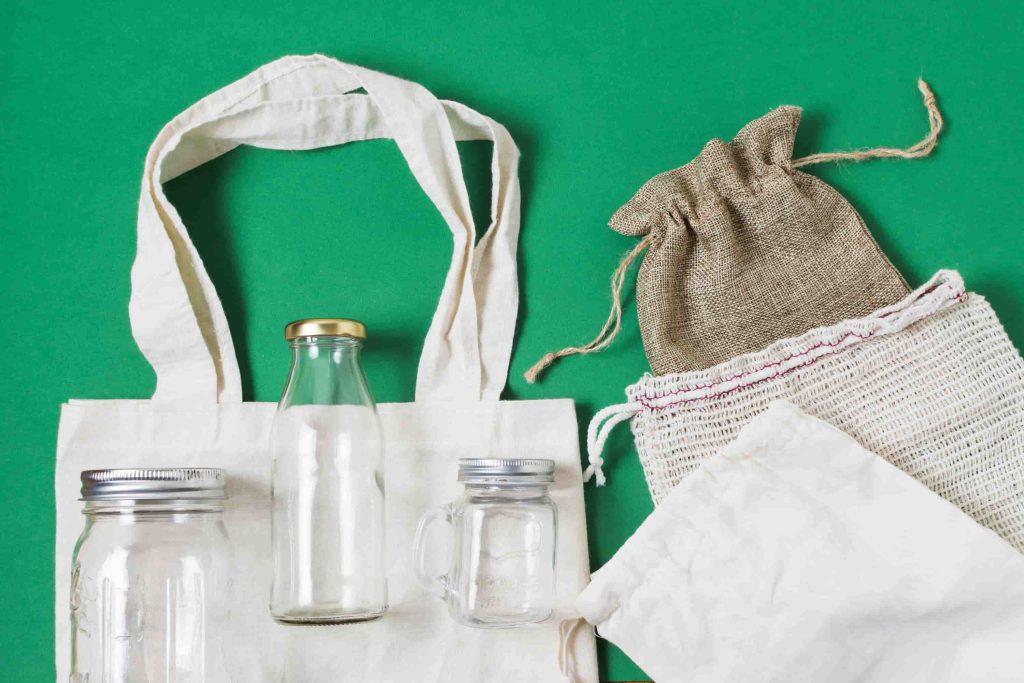
Recycled polyester can be a great choice for sportswear. It’s a durable material that can withstand wear and tear, making it a popular choice for athletic clothing.
Recycled polyester is also moisture-wicking, which means it can help keep you cool and dry during intense workouts. It’s also breathable, which allows air to circulate and prevents you from getting too hot or sweaty.
In addition to its performance benefits, recycled polyester is also a sustainable choice. It helps reduce waste by using plastic bottles and other materials that would otherwise end up in a landfill. Plus, it requires less energy and resources to produce than traditional polyester, which can be a resource-intensive process.
So if you’re looking for sustainable sportswear that performs well, recycled polyester is definitely worth considering. With its durability, moisture-wicking properties, and eco-friendly benefits, it’s a great choice for athletes and environmentally conscious consumers alike!
Is organic fabric sustainable?
Organic fabric is definitely a more sustainable option compared to conventional fabrics. Let me break it down for you.
First of all, what is organic fabric? Organic fabric is made from materials that are grown without the use of harmful chemicals, such as pesticides and synthetic fertilizers. This means that the entire process of producing organic fabric has a much lower impact on the environment compared to traditional fabric production.
One of the biggest benefits of organic fabric is that it doesn’t harm the soil or the farmers who grow the crops. Conventionally grown cotton, for example, is one of the most pesticide-intensive crops in the world, and the chemicals used can have serious health implications for the farmers and their communities. By choosing organic cotton, you’re supporting a more sustainable and ethical farming practice.
But it’s not just about the farming practices. Organic fabric is also better for the environment as a whole. The chemicals used in traditional fabric production can pollute waterways, harm wildlife, and contribute to climate change. By choosing organic fabric, you’re reducing your impact on the planet.
But is organic fabric perfect? Of course not. Like anything, there are still areas where improvements can be made. For example, organic cotton still requires a significant amount of water to grow, which can be a concern in areas where water is scarce. Additionally, organic fabric production can be more expensive, which can make it less accessible for some people.
Overall, though, organic fabric is a great option for anyone looking to reduce their impact on the environment. It’s better for the soil, the farmers, and the planet as a whole. So next time you’re shopping for clothing or textiles, consider choosing organic!
Conclusion
In conclusion, sustainable materials are an important consideration when it comes to sports clothing. They offer a number of benefits, including being better for the environment, for the people who work in the fields, and for the people who wear them.
Organic cotton, bamboo, recycled polyester, and hemp are just some of the sustainable materials used in organic sports clothing. By choosing sports clothing made from these materials, you can make a positive impact on the environment and on your own health and wellbeing.
FAQ
Organic cotton is cotton that is grown without the use of harmful chemicals or pesticides. It is often used in sports clothing because it is soft, breathable, hypoallergenic, and durable. Additionally, organic cotton is a sustainable choice because it is grown using environmentally friendly practices.
Bamboo is a fast-growing, renewable resource that is naturally antimicrobial and moisture-wicking. When used in sports clothing, it can help regulate body temperature and keep the wearer cool and dry. Additionally, bamboo is eco-friendly because it requires fewer resources to grow than traditional cotton.
Hemp is a durable and sustainable material that requires little water and no pesticides to grow. When used in sports clothing, it is strong, breathable, antimicrobial, and sustainable. Additionally, hemp fibers are naturally UV resistant, making it a great choice for outdoor sports.
Recycled polyester is polyester that is made from recycled plastic bottles or textile waste. When used in sports clothing, it is durable, moisture-wicking, quick-drying, and eco-friendly. Additionally, using recycled polyester helps reduce waste and keeps plastic out of landfills and oceans.
